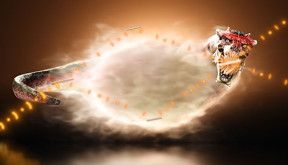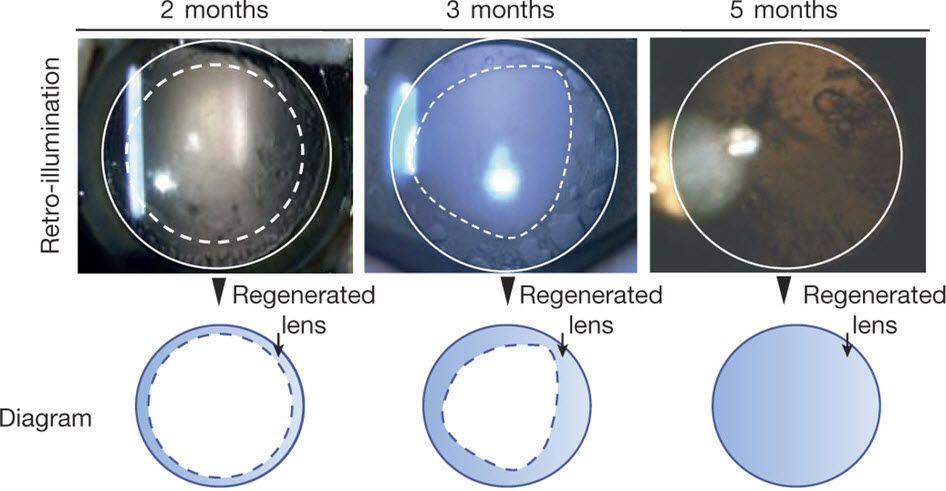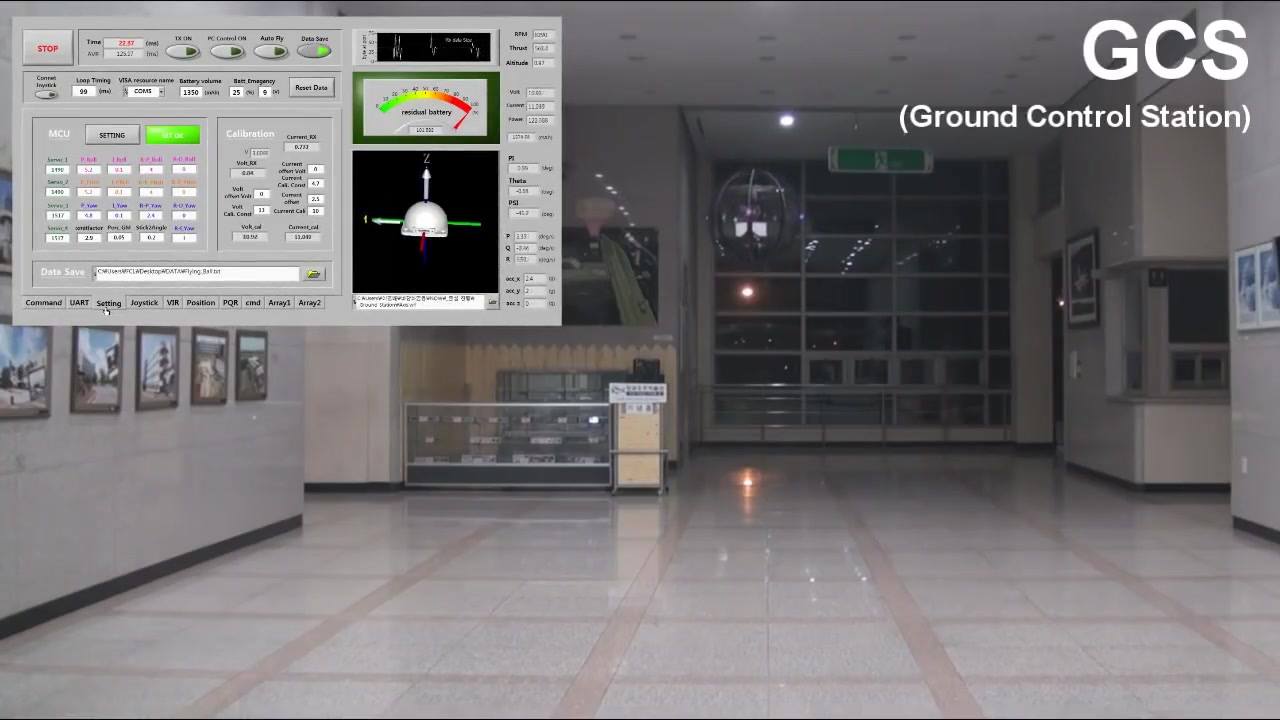Ars talks to robotics rockstar Hiroshi Ishiguro, on crafting convincing human-android interactions.
Get the latest international news and world events from around the world.

World’s Thinnest Lens Could Revolutionize Nanotechnology
Another great invention by the folks from Australia.
Researchers said they developed the new thinnest lens in the world. Made from a crystal called molybdenum disulphide, the new lens is 2,000 thinner than a human hair and can revolutionize the field of nanotechnology. (Photo : Gerd Altmann | Pixabay)
A team of Australian scientists said they have developed the thinnest lens in the world. The new 6.3-nanometer lens, which is 2,000 times thinner than a human hair, can lead to novel advances in medicine and science which could revolutionize nanotechnology.
Putting that in perspective, the previous thinnest lens was 50 nanometers thick. The new world’s thinnest lens was created by a team of scientists lead by The Australian National University’s Dr. Yuerui ‘Larry’ Lu.

The ‘great smoky dragon’ of quantum physics
Abstract: Since the 17th century, science was intrigued by the nature of light. Isaac Newton was certain that it consists of a stream of particles. His contemporary Christiaan Huygens, however, argued that light is a wave. Modern quantum physics says that both were right. Light can be observed both as particles and as waves — depending which characteristic is measured in an experiment, it presents itself more as one or the other. This so-called wave-particle dualism is one of the foundational principles of quantum physics. This questions our common sense: can one and the same indeed be of two contradictory natures at the same time?

Scientists grow eye lens from patients’ own stem cells, restoring vision
Researchers at University of California, San Diego School of Medicine and Shiley Eye Institute, with colleagues in China, have developed an eye lens restoration treatment that has been tested in monkeys and in a small human clinical trial. It produced much fewer surgical complications than the current standard-of-care and resulted in regenerated lenses with superior visual function in all 12 of the pediatric cataract patients who received the new surgery.
Congenital cataracts — lens clouding that occurs at birth or shortly thereafter — is a significant cause of blindness in children.


Tiny, artificial trees could form the next generation of windmills
Researchers in the US have proposed a new form of wind power: small, artificial, mechanical trees capable of producing energy from their vibrations. Working with the natural breeze, or small movements caused by other factors, the scientists hope that new forms of renewable energy can be developed in the future.
The idea is to create a device that can convert random forces – whether that’s from the footfall of pedestrians on a bridge, or a passing gust of wind – into electricity that can be used to power devices. And the researchers have found that tree-like structures made from electromechanical materials are perfect for the task.
“Buildings sway ever so slightly in the wind, bridges oscillate when we drive on them and car suspensions absorb bumps in the road,” said project leader Ryan Harne from Ohio State University. “In fact, there’s a massive amount of kinetic energy associated with those motions that is otherwise lost. We want to recover and recycle some of that energy.”
NASA announced that it is developing a supersonic jet intended
Click on photo to start video.
A supersonic passenger plane.
NASA — National Aeronautics and Space Administration is developing a supersonic jet that could change the way we travel.

Artificial intelligence: Go master Lee Se-dol wins against AlphaGo program
A master player of the game Go has won his first match against a Google computer program, after losing three in a row in a best-of-five competition.
Lee Se-dol, one of the world’s top players, said his win against AlphaGo was “invaluable”.
The Chinese board game is considered to be a much more complex challenge for a computer than chess, and AlphaGo’s wins were seen as a landmark moment for artificial intelligence.
The Computer Chronicles
Special thanks to archive.org for hosting these episodes. Downloads of all these episodes and more can be found at: http://archive.org/details/computerchronicles